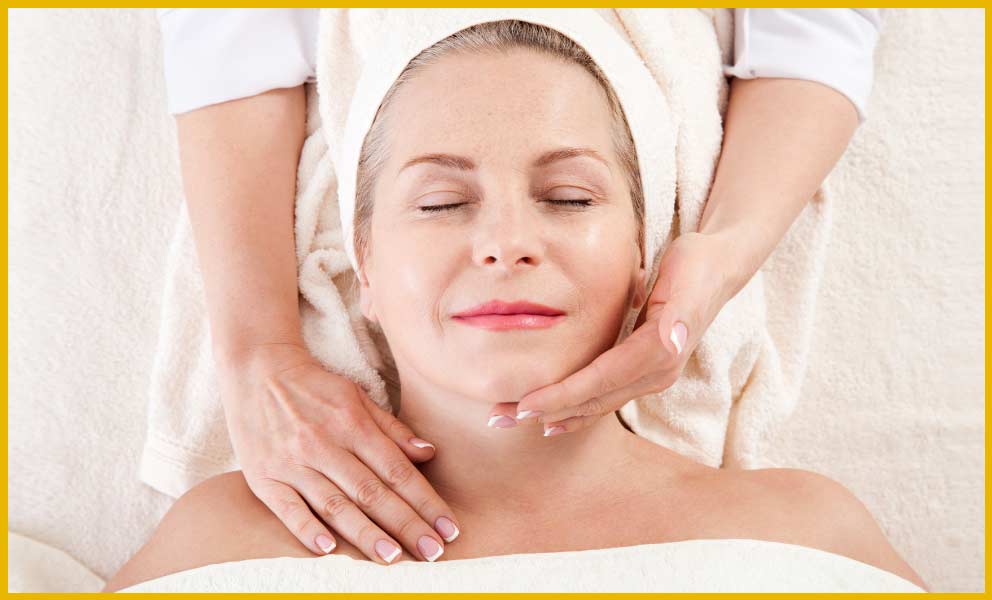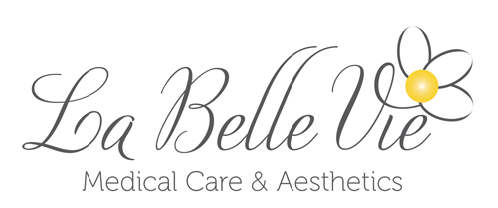Imagine a world where the secret to a youthful look lies in just a few tiny injections. That’s exactly what Dysport brings to the table, offering you an escape from those pesky lines that tell tales of stress and age.
It’s your non-surgical ticket to smoothing out wrinkles without going under the knife.
This wonder-worker hails from the family of botulinum toxin products, akin to its cousin Botox, yet with its unique twists and turns. In this read, you’ll get why folks are opting for this particular brand in their aesthetic adventures. Dive deep into how long these results stick around and arm yourself with essential safety info before making any decisions.
More About Dysport
If you’ve ever caught your reflection and frowned at the sight of, well, frown lines, then say hello to Dysport. It’s like Botox’s cousin—part of the botulinum toxin family—but with its own special flair for smoothing out forehead creases. The active neurotoxin is similar to Botox, but the purification methods differ.
Botox undergoes repeated precipitation and re-dissolution, while Dysport is purified through a column separation method. After injection, Dysport tends to spread more extensively, leading to widespread distribution of clinical effects.
Dysport is a prescription injection proven to help iron out moderate to severe frown lines between the eyebrows without changing the look or movement of the rest of your face. Essentially, it temporarily puts those overworked muscle fibers on pause so that wrinkles can take a much-needed vacation. The active ingredient does some heavy lifting but won’t weigh down your natural expressions.
This FDA-approved superstar treatment isn’t just for glabellar lines, though. It also works wonders on crow’s feet and forehead furrows. And if you’re worried about looking ‘done,’ don’t be. When administered by the pros at La Belle Vie, you get results that make you look “refreshed,” not “frozen.”

The Science of Botulinum Toxin and Dysport
More than a century ago, scientists discovered Clostridium botulinum, a bacterium responsible for producing a neurotoxin with seven identified serotypes. Among them, Serotype A, commonly known as BTX-A (or Botox), is recognized as the most potent. Beginning in 1980, researchers pioneered the clinical application of BTX-A for strabismus, and by 1987, they had highlighted its efficacy in improving glabellar lines.
Over time, the FDA approved various cosmetic and non-cosmetic uses of BTX-A. Although commonly used for treating upper facial rhytides and dynamic lines in cosmetic applications, BTX-A in the lower face is gradually gaining acceptance.
AbobotulinumtoxinA is a botulinum toxin type A product with the trade name Dysport®. It was approved by the FDA in 2009 for treating cervical dystonia and temporarily improving moderate-to-severe glabellar lines.
In 2014, medical doctors Thomas J Walker and Steven H Dayan published an article in The Journal of Clinical and Aesthetic Dermatology. If you’re interested in a more extensive overview of Dysport, this publication provides a comprehensive overview of Botulinum Toxin (BTX), covering its discovery, mechanism of action, pharmacology, indications, safety considerations, and more.
How Long Does Dysport Last?
When done right, getting rid of wrinkles with Dysport is not only safe but also incredibly effective. Dysport smooths frown lines with effects lasting about four months, giving Botox injections some serious competition in the staying power department. That means you could go through a significant part of the year without fretting over forehead lines or crow’s feet cramping your style.
Of course, longevity isn’t set in stone—it varies from person to person. Why? Because our bodies are as unique as our fingerprint patterns when it comes to metabolizing this botulinum toxin product. Individual results may vary due to unique body chemistry and muscle activity. Treatment success can also differ based on the injection sites and other factors.
Safety Profile and Potential Side Effects of Dysport
For smoothing out frown lines, Dysport is the go-to for many. But hold up, like anything this powerful, there are also potential side effects. Side effects associated with Dysport are generally mild and transient in the upper face. Common adverse effects include bruising, edema, pain at the injection site, and possible headaches or flu-like symptoms.
Serious issues like drooping of the eyebrow or eyelid and double vision can arise due to inadequate injection technique, improper needle positioning, or insufficient knowledge of anatomy and physiology.
Complications associated with botulinum toxin treatments can be minimized through careful consultation with experienced medical professionals, such as the expert team at La Belle Vie Medical Care & Aesthetics.
Pre-Treatment Considerations for Patients Considering Dysport
Before you undergo Dysport injections, it’s key to chat with our medical professionals about what’s going on inside your body.
For example, if you have any muscle or nerve conditions or allergies to cow’s milk protein (yes, even that matters), Dysport may not be right for you. It’s also super important to tell your doctor about prescription meds as well as nonprescription medicines—even vitamins and herbal products make the list.
Last but not least, if you’ve got skin infections that might be hiding in your forehead lines or crow’s feet, speak up. You don’t want these party crashers ruining your results. We want to make sure you enjoy nothing less than flawless results here at La Belle Vie.

Dysports Versus Dermal Fillers – Making an Informed Choice
Deciding between Dysport and dermal fillers depends on your personal needs. Think of Dysport as the magic wand for relaxing muscles in targeted areas, softening forehead lines without freezing your natural expression. Moving over to dermal fillers, these are the plush cushions restoring volume where time has left its mark. They’re fantastic at plumping up hollow cheeks or filling deep-set wrinkles, delivering instant gratification with results visible right off the bat.
So here’s what sets them apart: Dysport stops wrinkles in their tracks by telling muscle contractions to take a break. This helps if crow’s feet around your eyes or glabellar lines (the furrows between brows) are crashing your selfie game. Dermal fillers work differently—they step in when lost collagen leaves voids behind. These gels tuck themselves under sagging skin and say ‘no’ to gravity while inviting cheekbones back into the spotlight.
The takeaway? If fine lines from years of laughter or pondering life’s mysteries are what bother you most, consider asking about FDA-approved options like Dysport. And for valleys needing volume rather than hills needing flattening? Dermal fillers might just be the solution. In many cases, our clients opt for both treatments. Chat with one of our practitioners at La Belle Vie to determine what suits you best.
Ready To Take The Plunge Or Curious To Learn More?
Unlocking the secret of Dysport, you’ve stepped into a realm where smoother skin is not just a dream. And Dysport is that power player in your anti-aging arsenal. Think fewer frown lines, say goodbye to forehead creases, and wave off crow’s feet. If you are ready to give Dysport a try or you’re looking for more information, give us a call or book a consultation today!
- Erectile Dysfunction Treatment Trifecta in Utah: A Complete Guide - November 10, 2025
- Hybrid Health and Beauty in Utah: The Rise of Tweakments and the “Utah Look” - October 9, 2025
- Non-Surgical and Non-Invasive Beauty and Anti-Aging Solutions in Draper, Utah - September 29, 2025

